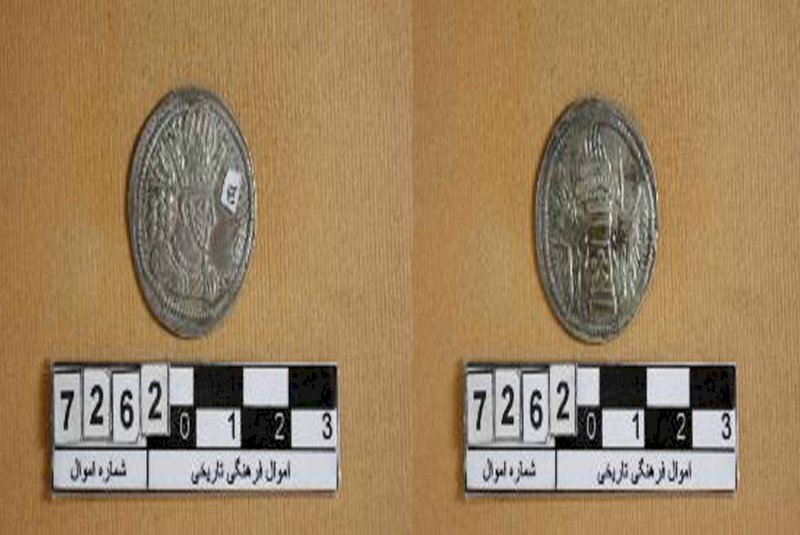Sassanid coins documented in Kerman

TEHRAN – A group of linguists and coinage experts has recently finished work on 250 Sassanid coins being kept in treasure troves of cultural heritage museums in Kerman province.
The coins, which depict various Sassanid monarchs including Ardashir I, Shapur I, and Bahram I, have been cleaned and documented in a project supervised by the Research Institute for Cultural Heritage and Tourism, CHTN reported on Saturday.
Coins can help a lot to trace missing links of a government, dynasty, or culture and beliefs of a particular historical period, researcher Katayun Fekripur said on Saturday.
“They were not only a means of exchanging goods but also a symbol of the power of those who minted them.”
The financial supremacy of the Sassanids is reflected in their coins, and the first Sassanid coin was issued when Ardashir I assumed power, she said.
The number of coins of Khosrow II and Hormuz IV, respectively, include the largest number of coins in this collection, and for each of the coins, a special certificate has been prepared, the researcher explained.
The idea of thin flan coins or coins with relief on both sides, was first introduced by the Sasanian dynasty of Iran around 220 CE.
Since thinner materials require more force to flow into the recessed areas of the die design, the depth of relief on such coins had to be much shallower than with earlier currency in order to avoid creating intolerable stresses in the dies. Such methods were then practiced through Byzantium to northern Europe, where the emperor Charlemagne minted pennies or small silver flan deniers that were distinctive to both his own and neighboring kingdoms.
Significant achievements of Persian civilization were in many ways on display in Iran during the Sassanian era. According to experts, the Sassanid era saw a general renaissance in the nation's art and architecture. As scholarship was promoted by the government and many works from both the East and the West were translated into Pahlavi, the Sassanian people's official language, crafts like metalwork and gem engraving reached a high level of sophistication during that time.
The Muslim conquest of Persia, also known as the Arab conquest of Iran, led to the fall of the Sasanian Empire of Iran (Persia) in ca. 651 and the eventual decline of the Zoroastrian religion. The rise of Muslims coincided with an unprecedented political, social, economic, and military weakness in Persia.
The conquering Muslims at first mimicked the coinage of their predecessors. In the western provinces, they issued gold and copper pieces imitated from contemporary Byzantine coins, modifying the cross on the reverse of the latter somewhat to suit Muslim sensibilities. In the eastern provinces, the Arab governors issued silver dirhams that were copies of late Sasanian coins (mostly of those of Khosrow II; with the addition of short Arabic inscriptions on the margin and often the name of the Arab governor in Pahlavi; even the crude representation of the fire altar was retained.
AFM
Leave a Comment